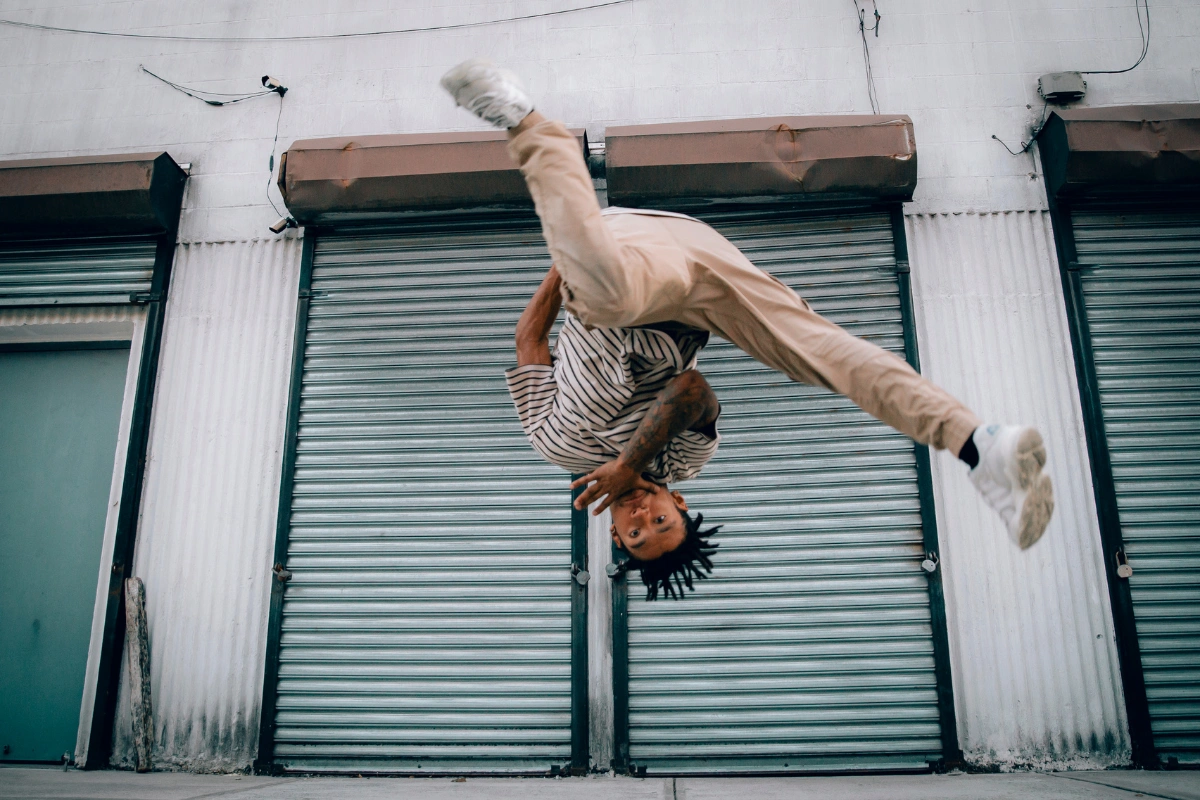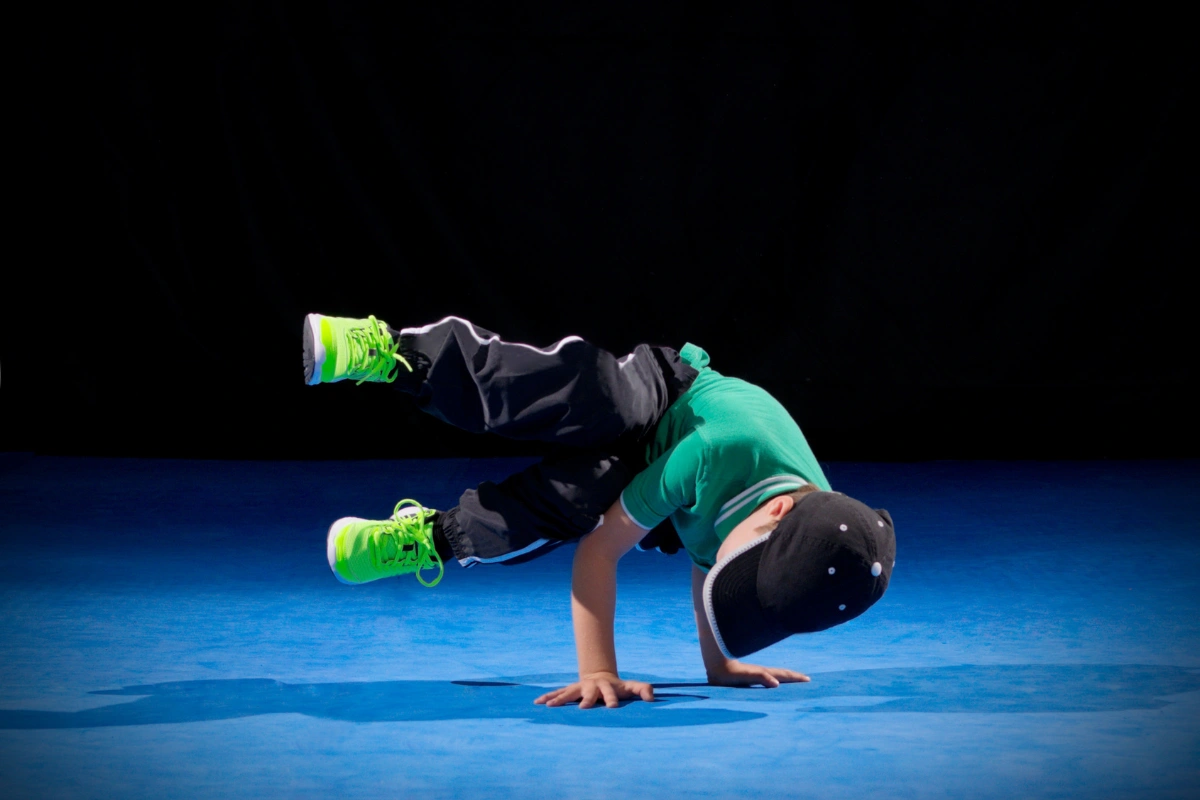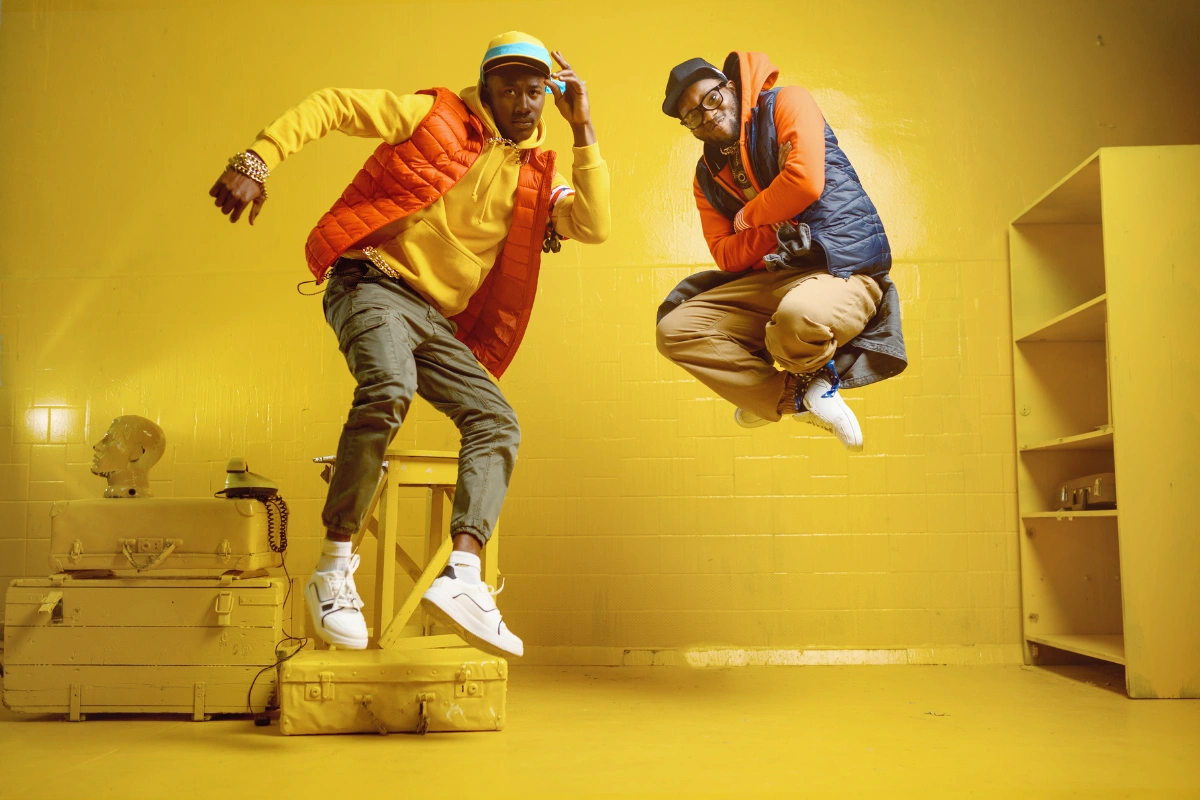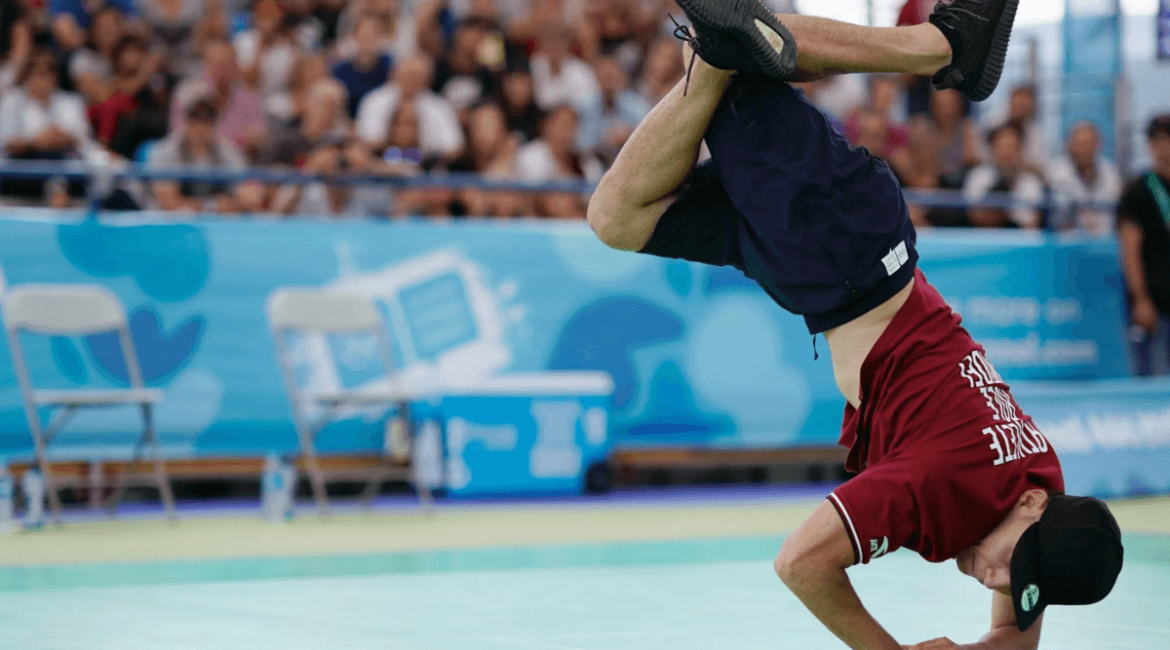Breakdancing, among four dynamic sports, is poised to make its inaugural appearance at the upcoming Olympic Games in Paris this summer, alongside skateboarding, sport climbing, and surfing.
What are The Olympics? The Olympics, also known as the Olympic Games, are a revered series of international sporting events that occur every four years, uniting athletes from diverse nations in friendly competition. Rooted in ancient Greek tradition, the modern Olympic movement was rekindled in 1896, with a mission to promote unity, athleticism, and fair play on a global scale. With a rich history spanning over a century, the Olympics have evolved into a celebration of human achievement, cultural exchange, and sporting excellence, attracting millions of spectators and participants worldwide. Today, the Olympic Games encompass a wide array of sports and disciplines, ranging from athletics and swimming to gymnastics and beyond, serving as a platform for athletes to showcase their talents and inspire the world with their remarkable feats.
The festivities will commence with the grand opening ceremony on July 26, heralding the commencement of a thrilling two-week extravaganza. The breaking competitions, featuring B-boys (male participants) and B-Girls (female participants), are scheduled to unfold on August 9 and 10, set against the backdrop of the iconic Place de la Concorde. Within these sessions, medals will be diligently bestowed upon the deserving victors.
A contingent of 32 breakers will fervently vie for Olympic glory, evenly divided with 16 representatives from each gender. Participating nations are permitted to dispatch a maximum of four breakers, comprising two individuals from each gender category, whose eligibility hinges upon their accumulation of points garnered from qualifying tournaments. Notably, four slots out of the 32 are designated as universality places, designed to facilitate the inclusion of athletes from nations typically underrepresented in the Olympic arena. Furthermore, the host nation, France, has been granted the privilege of nominating two breakers to partake in the prestigious event.

What is breakdancing?
Breakdancing, also known as breaking, is a dynamic and expressive form of street dance that emerged from the vibrant hip-hop culture of New York City during the 1970s. Originating from the spirited atmosphere of neighborhood gatherings and block parties, breaking evolved as dancers engaged in friendly competition, seeking to showcase their creativity and skill in what came to be known as battles.
Throughout the 1990s, breaking gained widespread recognition and popularity, owing in part to the advent of international competitions that provided a platform for breakers from around the globe to converge and showcase their talents. These competitions not only propelled breaking onto the global stage but also contributed to its establishment as a fundamental pillar of hip-hop culture, alongside DJing, MCing (rapping), and graffiti art.

What is DJing? DJing, short for disc jockeying, is the art and practice of selecting and playing recorded music for an audience. DJs use various equipment such as turntables, mixers, and sound systems to mix and manipulate songs, creating seamless transitions between tracks and enhancing the overall musical experience. DJs often perform at nightclubs, parties, concerts, and other events, where they curate playlists, blend different genres and styles, and engage with the crowd to create an energetic and memorable atmosphere. Additionally, DJing has evolved with advancements in technology, leading to the rise of digital DJing, where DJs use software and controllers to mix and manipulate music digitally. Overall, DJing is a creative and influential form of musical expression that plays a central role in contemporary music culture.
What is MCing? MCing, also known as emceeing or rapping, is a fundamental element of hip-hop culture and music. It involves the art of delivering rhythmic and rhyming lyrics over a beat, often accompanied by musical instrumentation or electronic production. MCs typically engage in lyrical improvisation or deliver pre-written verses, addressing a wide range of topics including social issues, personal experiences, and cultural commentary.
MCing serves as a form of storytelling and expression, allowing artists to convey their messages, showcase their lyrical skills, and connect with their audience. MCs may perform solo or collaborate with other artists, DJs, or producers to create dynamic and engaging musical compositions.
The role of the MC extends beyond just delivering lyrics; they also play a crucial part in hyping up the crowd, maintaining the energy of a performance, and serving as a focal point for audience interaction. MCing is central to hip-hop music and culture, influencing and shaping the genre since its inception in the Bronx in the 1970s.
Breakers, whether male (referred to as B-boys) or female (B-girls), often adopt distinctive names to represent their individual styles and personas, frequently aligning themselves with a crew—a tight-knit group of like-minded dancers who share a passion for the art form. Competitions within the breaking community can take various formats, ranging from spirited three-on-three crew battles to intense one-on-one showdowns, each providing a platform for breakers to demonstrate their prowess and innovation.
At the heart of breaking lie four primary categories of movement, each showcasing a unique blend of athleticism, rhythm, and creativity. The top rock, characterized by intricate footwork and dynamic movements performed while standing, serves as an engaging precursor to the more acrobatic maneuvers that follow. Down rock, on the other hand, encompasses a series of fluid movements executed on the floor, seamlessly transitioning between spins, sweeps, and intricate footwork patterns. Power moves, characterized by their explosive energy and dynamic rotations, captivate audiences with feats of strength and agility, including intricate twists, spins, and flips. Finally, freezes, punctuate breaking routines with moments of suspended animation, as breakers momentarily defy gravity, holding gravity-defying poses supported solely by their hands or heads, showcasing both strength and control.
How did breaking become an Olympic sport?
The journey of breakdancing into the realm of Olympic sports is a testament to its evolution and global appeal. Initially showcased at the 2018 Summer Youth Olympic Games in Buenos Aires, breaking garnered significant attention and acclaim. Recognizing its potential to captivate audiences on a grander scale, the Paris 2024 organizing committee boldly advocated for its inclusion as a full-fledged Olympic event in the French capital.
The pivotal moment arrived when the International Olympic Committee, in a historic decision in 2020, embraced the proposal, affirming breaking’s status as an Olympic sport. This decision marked a significant milestone not only for the breakdancing community but also for the broader landscape of sports culture.
At the helm of breaking’s international governance stands the World DanceSport Federation, tasked with overseeing its progression and ensuring its integrity within the Olympic framework. Since 2013, the Federation has been orchestrating world breaking championships, serving as a platform for the world’s most talented breakers to showcase their skills and vie for prestigious titles. Moreover, the Federation meticulously curates global rankings of athletes, providing a comprehensive overview of the sport’s competitive landscape and facilitating the selection process for Olympic participation.

Competition format and judging
The Olympic format of breakdancing employs a dynamic comparative judging system, a departure from the static scoring mechanism observed in gymnastics. In this system, five judges meticulously evaluate athletes across six distinct criteria: creativity, personality, technique, variety, performativity, and musicality. This comprehensive approach aims to capture the multifaceted essence of breaking, acknowledging not just the technical prowess but also the artistic flair and musicality inherent in the discipline.
Central to the competition structure is the round-robin format, where breakers engage in electrifying one-on-one battles. Each battle unfolds with one participant initiating a sequence of moves, subsequently challenged by their opponent’s response. These exchanges typically span between 30 to 45 seconds per round, during which breakers must showcase their skillset while adhering to the established judging criteria. Importantly, breakers risk penalties for emulating their opponent’s moves or engaging in unsportsmanlike conduct, underscoring the importance of integrity and originality in the sport.
Throughout the battle, judges maintain the flexibility to adjust their scores for each athlete, reflecting the fluidity and dynamism inherent in breaking. Upon the conclusion of the round, judges submit their scores, with the victor determined by the breaker who accumulates the highest tally of points. This iterative process ensures a fair and transparent assessment of each participant’s performance, fostering an environment conducive to spirited competition and artistic expression.
An additional layer of challenge is introduced by the element of spontaneity, as breakers receive no prior notification regarding the music selection for their rounds. This necessitates a keen ability to improvise and synchronize movements with the rhythm, further emphasizing the importance of adaptability and creativity in the pursuit of breaking excellence.

Summary
In conclusion, the debut of breakdancing at the 2024 Olympics in Paris marks a significant milestone in the evolution of both the sport and the Olympic Games. As we’ve explored, breakdancing’s journey from its humble beginnings in the streets of New York City to its recognition as an Olympic discipline is a testament to its cultural significance and universal appeal. With its dynamic competition format, innovative judging criteria, and the sheer talent of its athletes, Olympic breakdancing promises to captivate audiences worldwide and showcase the unparalleled athleticism, creativity, and passion of its participants. As we eagerly await the spectacle to unfold in Paris, let us celebrate the spirit of diversity, inclusion, and excellence embodied by this groundbreaking addition to the Olympic movement.


Leave a reply